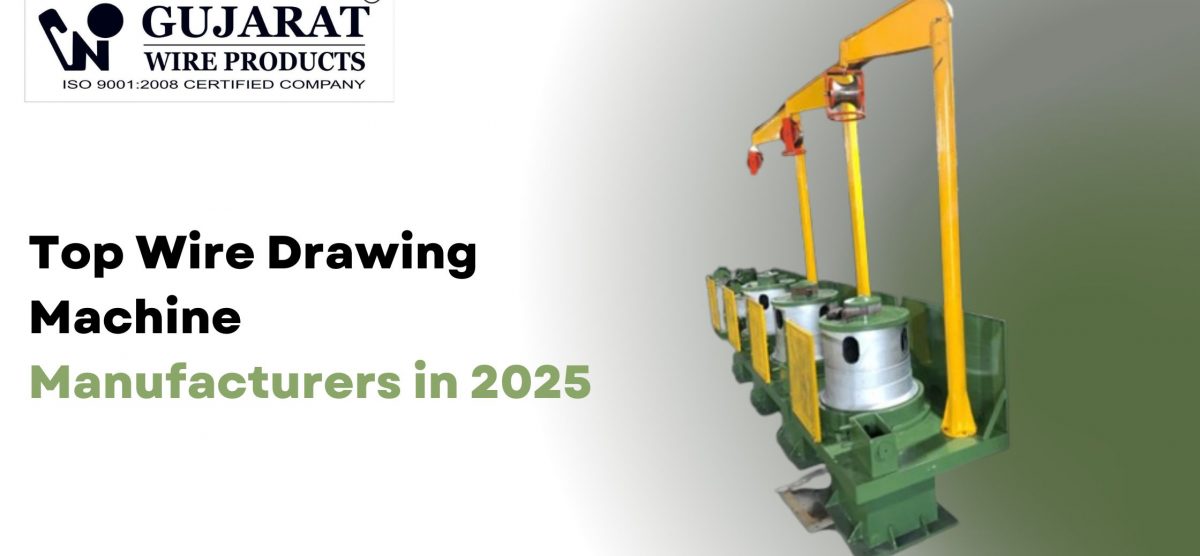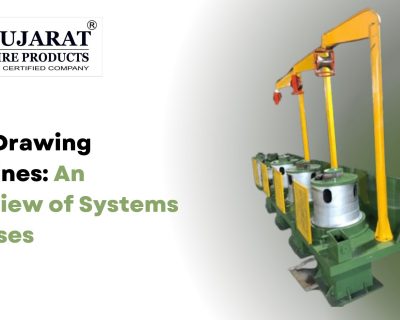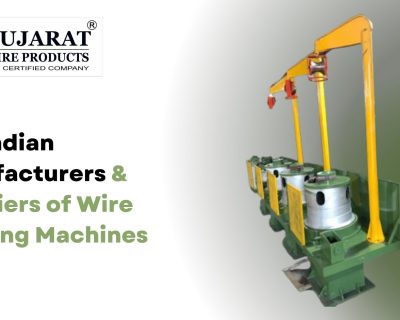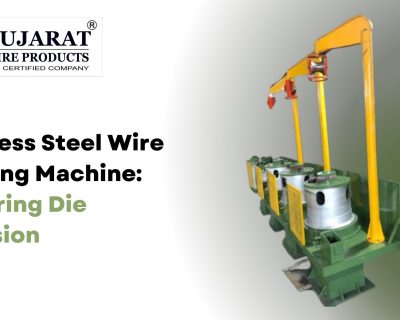Blog

Top Wire Drawing Machine Manufacturers in 2025: A Buyers Guide
The wire manufacturing industry is undergoing rapid consolidation. Over 40% of wire producers report that their biggest challenge isn’t finding equipment—it’s finding equipment suppliers who understand their production bottlenecks and can deliver tailored solutions rather than catalog models. If you’re evaluating wire drawing machines in 2025, you’re likely frustrated by vague specifications, inconsistent after-sales support, and manufacturers who disappear after the sale. This guide cuts through the noise. You’ll learn which features separate workhorses from money pits, how to evaluate manufacturers based on what actually matters to your output, and why most buyers overlook the factor that determines total cost of ownership. We’ll cover machine types, selection criteria, maintenance realities, and the questions you should ask before signing a purchase order.
Understanding Wire Drawing Machine Types
Not all wire drawing machines serve the same purpose. Choosing the wrong type costs you in downtime and wasted material.
Single Block vs. Multi-Die Systems
Single block machines handle coarse wire reduction. They’re simple, reliable, and best for straightforward drawing where precision isn’t critical. Multi-die systems perform multiple passes in one operation, reducing wire diameter progressively. They deliver tighter tolerances and higher throughput but demand more maintenance.
Wet vs. Dry Drawing Methods
Wet drawing uses coolant to reduce friction and heat. It’s mandatory for fine wire and materials prone to work hardening. Dry systems suit larger diameter wire where heat dissipation isn’t a constraint. Wet systems add complexity—cooling systems, filtration, and fluid management—but they extend die life significantly.
Key Selection Criteria That Actually Matter
Most buyers focus on specs. Smart buyers focus on integration and support.
Precision and Control Systems
Modern machines use servo-controlled motors for real-time speed and tension adjustments. This matters when you switch between wire gauges or materials frequently. Machines without adaptive control waste time during changeovers and produce higher scrap rates.
Energy Efficiency and Operating Costs
Energy consumption directly impacts per-unit cost. Machines with variable frequency drives and regenerative braking reduce electricity use by up to 30% compared to older fixed-speed models. Over five years, this difference can exceed the initial purchase price premium.
Customization and Scalability
Off-the-shelf machines rarely match your workflow. Look for manufacturers who engineer custom die configurations, tension systems, and take-up mechanisms based on your wire specifications. Modular designs let you add capacity without replacing the entire system.
Evaluating Manufacturers: Beyond the Brochure
Price and lead time matter, but these factors determine long-term success.
After-Sales Support and Spare Parts Availability
A machine is only as good as the support behind it. Manufacturers with local service teams and warehoused spare parts minimize downtime. Ask for average response times and parts availability guarantees in writing.
Technical Consultation During Selection
The best manufacturers audit your production process before recommending equipment. They analyze your wire material, target gauges, production volume, and existing infrastructure. This consultation phase reveals whether a supplier views you as a partner or a transaction.
Training and Documentation Quality
Operator skill directly impacts output quality and machine longevity. Manufacturers who provide hands-on training, video resources, and detailed maintenance schedules reduce your learning curve and prevent costly operator errors.
Maintenance Realities You Need to Plan For
Wire drawing machines aren’t fire-and-forget investments. Neglect these areas and you’ll face expensive repairs.
Lubrication schedules vary by machine type and wire material. Wet systems require weekly coolant checks and monthly filter replacements. Dry systems need bearing lubrication every 200 operating hours. Die inspection should happen daily for fine wire operations.
Cooling system maintenance prevents thermal expansion issues that affect dimensional accuracy. Flush cooling lines quarterly and replace coolant annually to prevent bacterial growth and corrosion.
Trends Shaping 2025 Purchases
Smart sensors and IoT integration now provide predictive maintenance alerts, reducing unplanned downtime by up to 25%. Machines report die wear, bearing temperature, and tension deviations in real-time, letting operators intervene before defects occur.
Automation reduces labor dependency but increases initial cost. Evaluate automation based on your labor availability and wage structure, not industry hype. A semi-automated system with skilled operators often outperforms fully automated systems with undertrained staff.
FAQs
Q: What’s the typical lifespan of a wire drawing machine?
A: With proper maintenance, quality machines last 15–20 years. Dies and bearings need replacement every 1–3 years depending on wire material and production volume. The frame and motor assemblies are the longest-lasting components.
Q: Should I buy new or refurbished equipment?
A: New machines come with warranties and modern control systems. Refurbished equipment costs 40–60% less but may lack energy-efficient features and carry higher maintenance costs. Buy refurbished only if the supplier provides detailed service history and parts availability guarantees.
Q: How do I calculate the total cost of ownership?
A: Include purchase price, installation, training, energy consumption, maintenance, spare parts, and expected downtime over five years. Machines with 20% higher upfront costs often deliver 30–40% lower operating costs.
Q: What wire materials require specialized machines?
A: Stainless steel, titanium, and high-carbon alloys need machines with hardened dies, robust cooling, and higher torque motors. Copper and aluminum are less demanding. Material hardness dictates die material and drawing speed.
Conclusion
Choosing a wire drawing machine manufacturer isn’t about finding the cheapest option—it’s about finding a partner who understands your production challenges and delivers equipment that integrates seamlessly into your workflow. Focus on after-sales support, customization capabilities, and long-term operating costs rather than upfront price alone.
Ready to discuss your specific wire drawing needs? Contact us for a production audit and customized equipment recommendation.
Gujarat Wire Products delivers wire drawing solutions engineered for Indian manufacturing conditions. We provide hands-on technical consultation, custom machine configurations, local spare parts inventory, and on-site training. Our clients reduce downtime and improve wire quality because we stay involved after installation. Visitgujaratwireproducts.com or call us today to schedule a production assessment and receive a tailored equipment proposal.




